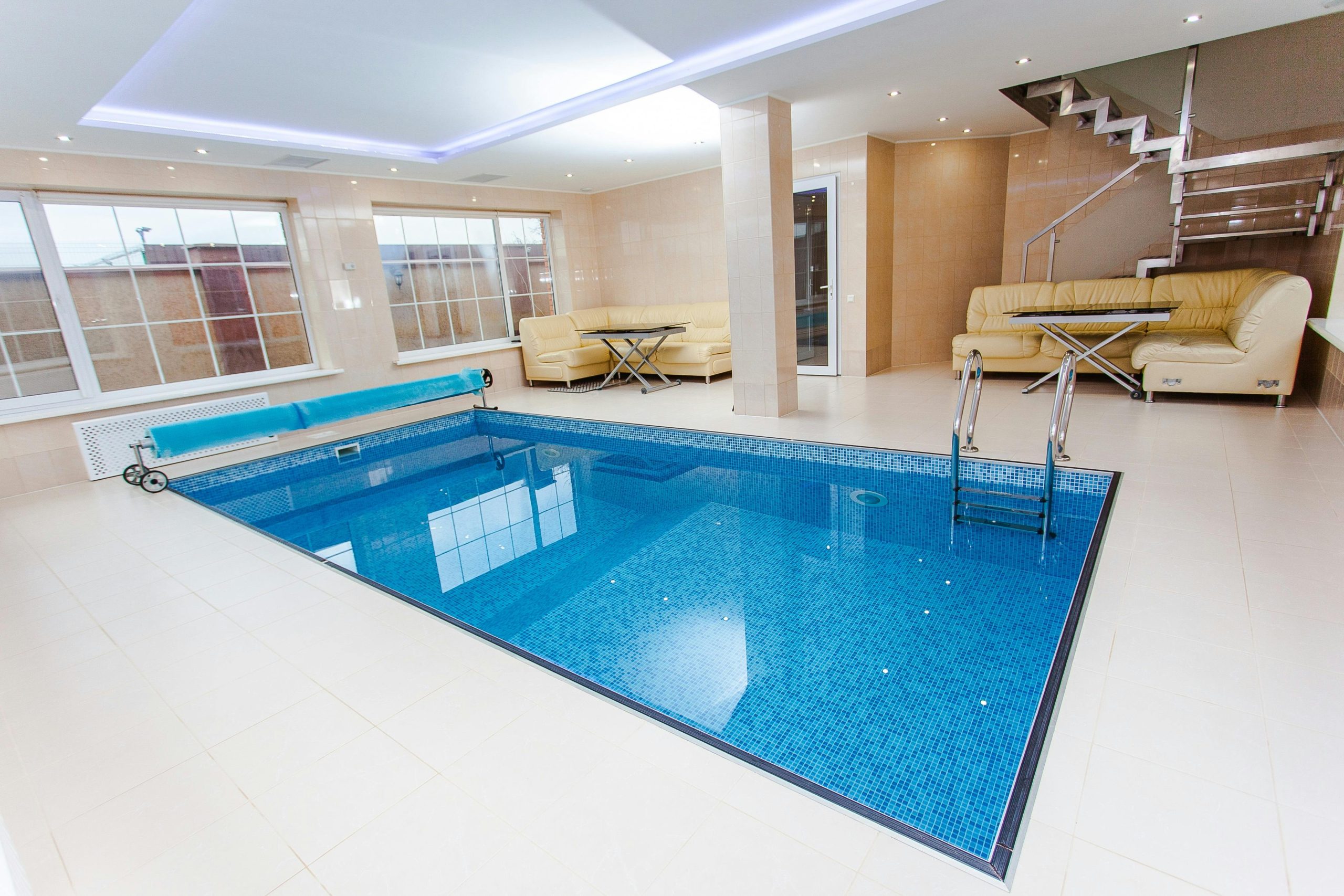Aeration is crucial to your pond or lake health all year long. It increases and stabilizes dissolved oxygen levels to prevent fish stress and ensure optimal water conditions.
Pond aeration reduces muck and excess nutrients by mixing and circulating the water. As a result, the bacteria and phytoplankton that naturally clean your water will work more effectively, and algae will not thrive.
Increased Oxygen
Pond aeration moves warmer water to the surface where oxygen levels are highest, helping reduce muck and excess nutrients that make your pond look murky. Oxygenating your pond also helps prevent summer and winter fish kills by keeping dissolved oxygen (DO) levels high enough for fish to survive.
Aeration prevents oxygen depletion by mixing the cooler bottom layers of your pond with the warmer top layer and eliminating the thermocline. This churning of the pond water also allows for the growth of natural bacteria that break down organic waste, resulting in healthier and clearer pond water.
The aeration system uses an air compressor to pump oxygen through tubing to diffusers in your pond bottom. These bubbles rise and circulate the pond, adding oxygen to all areas of your pond.
Reduced Muck
Pond aeration eliminates the muddy layer in the transition zone between warm surface water and calmer waters. It also reduces the need for pond vac cleaning and keeps debris from washing away with rain and wind.
Hiring an aeration systems installation Florida expert can help prevent dredging by limiting organic sediment buildup on the bottom of the lake or pond. It promotes the natural decomposition of bottom organics, which releases valuable oxygen into the water.
Pond aeration helps ensure healthy dissolved oxygen levels all year round, especially in winter when DO can drop to dangerously low levels under the ice. This can prevent fish kills and a host of other issues. Adding quick-growing, shallow-rooted plants that consume nutrients will also increase oxygen levels.
Increased Circulation
Insufficient oxygen in your pond can cause it to become stagnant. This leads to algae buildup, foul odors, and fish death. An aeration system circulates and mixes the water to eliminate thermal stratification. The aerator pumps fresh oxygen into the surface of your pond and forces cooler, bottom oxygen-starved water to rise.
Aeration also keeps pond water moving, which helps reduce muck and aquatic weed growth. This enables faster decomposition of organic matter, which results in better water quality and clarity.
Aeration is essential during the winter. Ice forming over a pond acts like a cap and prevents oxygen exchange with the atmosphere. This is a common cause of fish kills. Aeration systems help circulate the water and keep a hole in the ice for gas exchange.
Reduced Mosquitoes
Many domestic ponds and ephemeral natural ponds don’t have the constant agitation that most large bodies of water experience, which creates stagnant conditions that allow mosquitoes to breed. Adding an electric aerator or fountain to your pond breaks up the surface and keeps water moving, eliminating the breeding ground that mosquitoes crave.
Aeration also helps control the foul odors that can plague some ponds by containing anaerobic bacteria that produce hydrogen sulfide waste gases. Additionally, aeration promotes aerobic bacteria that consume nutrients like phosphorous, reducing the amount of organic sediment in ponds and lakes.
Finally, introducing predatory minnows or native fish to your pond will further reduce mosquito populations and keep them under control. If necessary, a bacterial insecticide such as Mosquito Dunks can be added that won’t harm your fish, birds, and other wildlife who visit your pond.
Increased Water Clarity
Pond aeration creates movement in your lake or pond water, which helps to keep it clear. This prevents the stagnation that causes murky water and foul-smelling odors. It also contains organic sediment buildup and the need for costly dredging.
Pond aeration systems use an air compressor to deliver a constant stream of dissolved oxygen to the bottom of your pond through multiple diffuser plates in your pond. This eliminates the thermocline and ensures that all parts of your pond get enough oxygen to thrive.
The aerator can be run 12 hours per day, or even better, and it can be started at night when plant photosynthesis stops and then left to continue delivering dissolved oxygen through the night.




